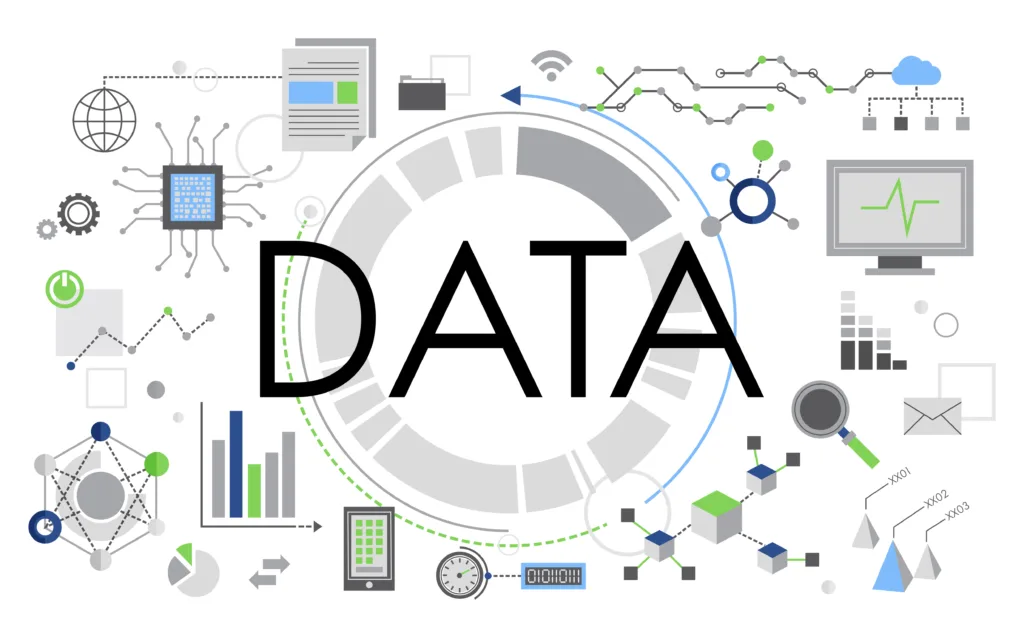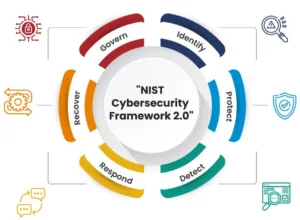
Table of Contents
Introduction
In the ever-expanding digital universe, where data reigns supreme, the need for effective data management has never been more critical. Data classification and labelling emerge as the unsung heroes in this realm, providing organizations with the tools to organize, secure, and extract maximum value from their data.
In this blog, we’ll not only explore the significance of data classification and labelling but also delve into practical insights on how to conduct these processes and leverage automated labelling for enhanced efficiency. Let’s embark on a journey to demystify the world of data classification and labelling.
Data Classification: A Foundation for Organization and Security
Data classification involves categorizing data based on its content, sensitivity, and importance. By assigning specific labels to data sets, organizations can establish a structured framework for managing information.
For instance, a healthcare institution might classify patient records as ‘confidential,’ ‘sensitive,’ or ‘public,’ based on the nature of the information contained within each record.
Automated Labelling: Efficiency in Action
Automated labelling takes data classification to the next level by employing technology to assign metadata or tags to data sets. This process streamlines the classification workflow, reduces human error, and enables organizations to handle the ever-increasing volume of data more efficiently. Automation ensures consistency in labelling, making it easier to enforce policies and maintain a high level of accuracy.
Now, let’s explore how organizations can conduct data classification and implement automated labelling effectively.
How to Conduct Data Classification
1. Identify Data Types and Categories:
– Start by identifying the various types of data your organization handles, such as customer data, financial records, intellectual property, etc.
– Categorize these data types into relevant categories based on their sensitivity, confidentiality, and regulatory requirements.
2. Engage Stakeholders:
– Collaborate with key stakeholders, including IT, legal, and business units, to gather insights into the specific requirements for data classification.
– Ensure that the classification process aligns with business objectives and complies with relevant industry regulations.
3. Define Classification Criteria:
– Establish clear criteria for classifying data, considering factors such as sensitivity, regulatory compliance, and business impact.
– Create a classification policy that provides guidelines for users on how to identify and label data appropriately.
4. Manual Classification:
– Initiate manual classification efforts by training employees on the classification criteria and providing them with tools to tag data appropriately.
– Encourage a culture of data stewardship where employees understand the importance of accurately classifying data.
5. Automate Classification Processes:
– Implement automated tools and solutions to augment manual efforts. These tools can scan and analyze data based on predefined criteria, streamlining the classification process.
– Leverage machine learning algorithms to continuously improve the accuracy of automated classification over time.
Automated Labelling: Bringing Efficiency to Data Management
1. Select an Automation Solution:
– Choose a robust automated labelling solution that aligns with your organization’s needs. Look for features such as scalability, integration capabilities, and compatibility with existing systems.
2. Define Labelling Policies:
– Establish clear policies for automated labelling, specifying the criteria for assigning labels to different types of data.
– Ensure that labelling policies align with the overall data classification strategy to maintain consistency.
3. Integration with Existing Systems:
– Integrate the automated labelling solution with existing data management systems, ensuring a seamless flow of information.
– Compatibility with popular data storage platforms and collaboration tools enhances the effectiveness of automated labelling.
4. Continuous Monitoring and Improvement:
– Implement mechanisms for continuous monitoring of the automated labelling process. Regularly review the accuracy of assigned labels and make adjustments as needed.
– Incorporate feedback loops and machine learning algorithms to improve the precision of automated labelling over time.
Real-World Examples of Data Classification and Automated Labelling
1. Healthcare Sector:
– Imagine a healthcare organization that classifies patient records based on the Health Insurance Portability and Accountability Act (HIPAA) requirements.
– Automated labelling can ensure that each patient record is tagged with the appropriate level of sensitivity, enabling the organization to implement stringent access controls and encryption measures.
2. Financial Institutions:
– In the financial sector, where privacy and security are paramount, data classification can involve categorizing customer financial data.
– Automated labelling ensures that each transaction record is tagged with metadata indicating its relevance, allowing the institution to implement retention policies and safeguard against unauthorized access.
3. E-commerce Platforms:
– Consider an e-commerce platform that handles a vast amount of customer data, including purchase history and personal information.
– Through data classification and automated labelling, the platform can categorize customer data based on its significance and apply labels for targeted marketing campaigns, all while adhering to data protection regulations.
Conclusion
In the dynamic landscape of data management, data classification and automated labelling serve as essential tools for organizations seeking order, security, and efficiency. By understanding how to conduct data classification and leverage automated labelling, businesses can not only navigate the complexities of data but also unlock the true potential of their information assets.
Real-world examples illustrate that the impact of these processes extends far beyond theory. From healthcare to finance and e-commerce, organizations across diverse industries are embracing data classification and automated labelling to stay ahead in the data-driven era.
As technology continues to evolve, the synergy between human expertise and automated solutions will play a pivotal role in shaping the future of data management. Embrace the power of classification and labelling, and transform your data into a strategic asset that propels your organization forward.
Read more on https://cybertechworld.co.in for insightful cybersecurity related content.




















Your point of view caught my eye and was very interesting. Thanks. I have a question for you.
Thank you for your sharing. I am worried that I lack creative ideas. It is your article that makes me full of hope. Thank you. But, I have a question, can you help me?
Your article helped me a lot, is there any more related content? Thanks!